Research Projects
Research projects using the Central Cluster are listed below: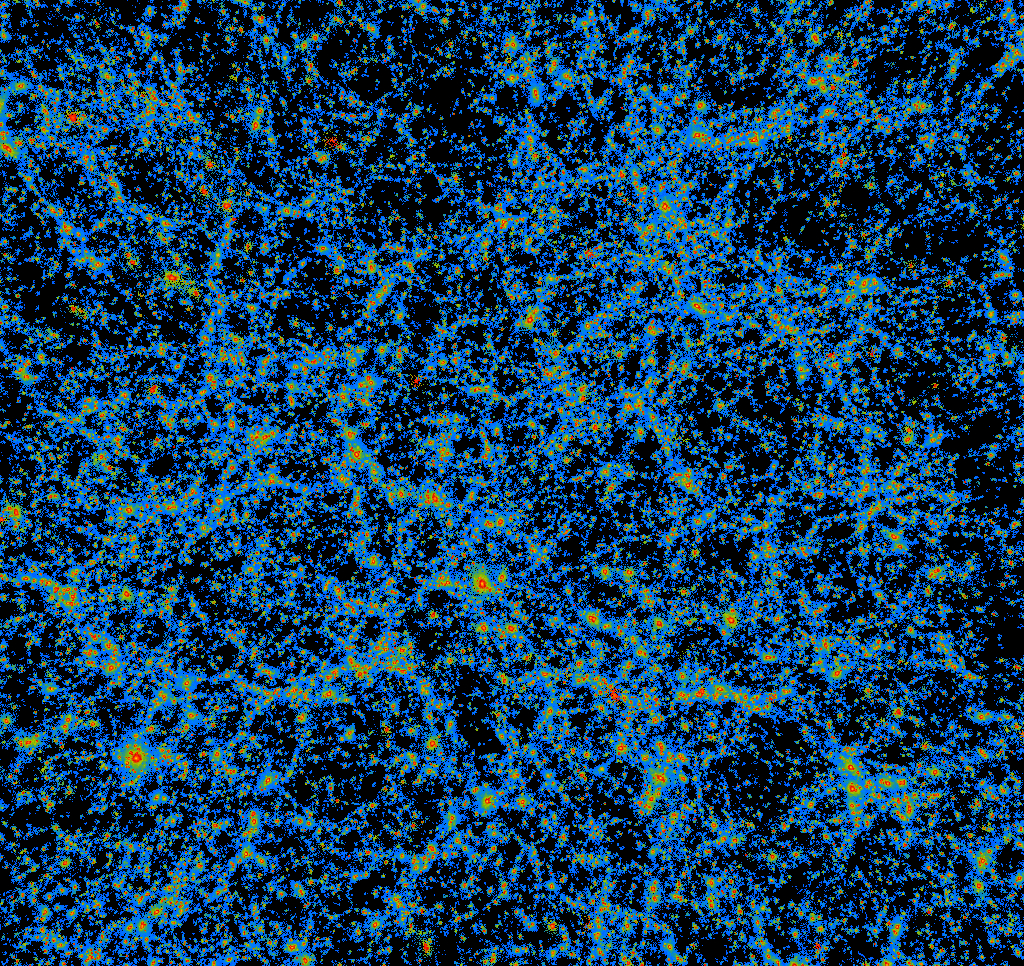
Dark matter is widely believed to be the dominant component of matter in the universe. However, very little is known about the properties of dark matter particles, except that they are 'cold' (slowly moving) and dark (no strong or electromagnetic interactions). Our group is interested in how dark matter properties affect cosmological processes. We perform large-scale simulations to study how different dark matter properties would give rise to observable consequences in various cosmological systems. Current projects include simulation of cosmological structure evolution in Decaying Dark Matter (DDM) and Fuzzy Dark Matter (FDM) models. To date the only known dark matter is cosmological neutrinos. Due to their light masses and high speed, cosmological neutrinos will tend to smear out structures formed by cold dark matter. We also study how cosmological neutrinos affect cosmological matter distribution, which may be useful for measuring neutrino mass.
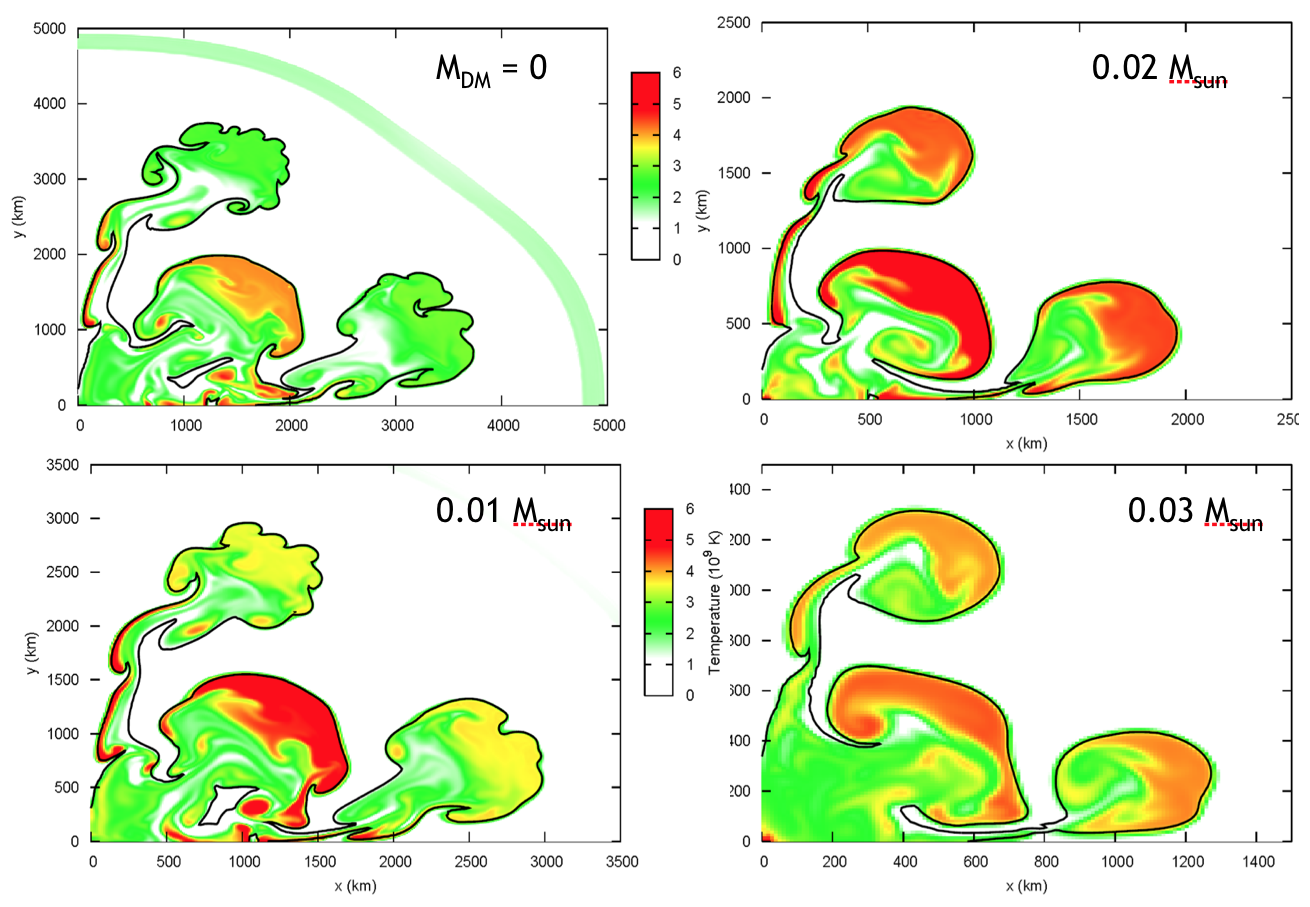
Simulating dying stars
How stars die is an important topic in astrophysics. We are interested in how admixture with dark matter would alter the deaths of stars. For example, we have shown that dark matter admixed Type IA supernovae - explosions of white dwarfs reaching the Chandrasekhar mass limit - are weakened significantly by small admixture of dark matter. These may account for the sub-luminous Type IA supernovae observed in recent years. We have developed our own hydrodynamics code (using a 5th order shock capturing scheme) to simulate the supernova explosions of stars, which allows us to calculate the emitted electromagnetic, neutrino (using the IDSA neutrino transport scheme), and gravitational-wave signals (using the quadrupole formula). Current projects include simulation of Accretion-Induced Collapse (AIC), the collapse of a white dwarf reaching its Chandrasekhar limit by accreting mass from its companion star. We study the effects of nuclear matter equation of state (EOS), possible quark-gluon deconfinement phase transition and dark matter admixture on AIC.
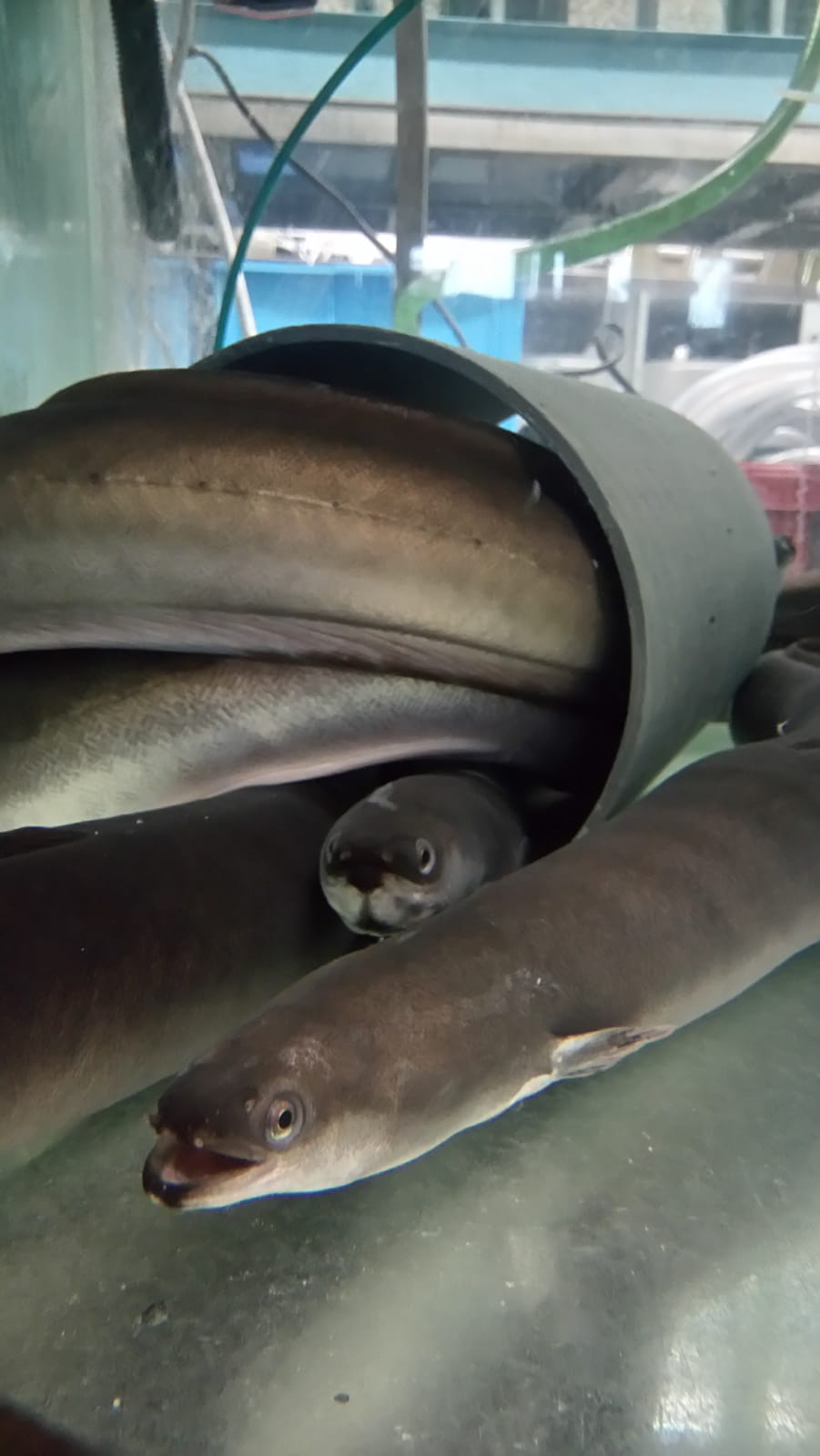
Hybrid genome assembly and gene annotation of Anguilla Japonica
Anguilla Japonica (Japanese eel) are important food fish in East Asian region with high economic value. However, owing to its highly heterogeneous genome, the draft genome assembly of A. japonica remains incomplete and heavily fragmented. In this study, a hybrid assembly approach combining state-of-the-art technologies including PacBIo long-read sequencing, Dovetail Hi-C, and Bionano next generation mapping were employed to overcome the limitations. Due to the huge amount of data and the computational intensiveness of de novo genome assembly, the high-memory node available at the Central Research Cluster is of tremendous help. A reference-grade genome assembly would facilitate further investigations of A. japonica biology and hold promises to improving its aquaculture.

The official emblem of Hong Kong has been featured with Bauhinia blakeana (B. blakeana) flower, which is likely the hybrid offspring of B. purpurea and B. variegata. Meanwhile, the reported abundant pharmacological compounds have pointed out the medicinal values of B. blakeana species and indicated the importance of decoding the genome in exploring its potential for new drug development. Here, we have sequenced their genome and transcriptomes to uncover the origin of B. blakeana and their medicinal values. However, the limited computational resource prevents us from achieving contiguous, accurately and completely phased diploid for highly heterozygous genomes. So, we anticipate that the Central Research Cluster could help us to proceed our project that ultimately facilitate the promotion of knowledge in the biology and medicine of bauhinia.
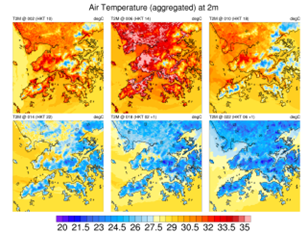
Fine-scale Urban Climate Simulations of Hong Kong
Climate change and urbanisation are two topical issues of the current world. The interaction of the two results in exacerbated effects of extreme weather in built environments and an increasingly vulnerable urban population. It is therefore crucial to better understand the physical processes of urban climate and more importantly, to be able to evaluate the potential impacts on cities in order to come up with mitigation strategies and urban planning recommendations. In this study, we employ the mesoscale atmospheric model Méso-NH to conduct fine-scale numerical simulations of the urban climate in Hong Kong. We aim to examine the effects of urban form on the city’s thermal microclimate by performing simulations with various urban development scenarios. We are particularly interested in how the city responds under prolonged heat wave conditions, which will become more common under future climate change. Findings are expected to contribute to a more precise understanding of the urban surface energy balance and the formulation of heat stress mitigation design strategies in high-density high-rise cities.
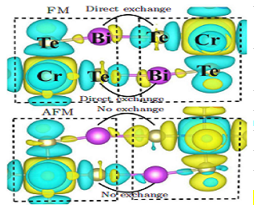
Doping, defects and magnetism of semiconductor materials
The electronic, optical and magnetic properties of semiconductor materials are vital in devices and applications. Based on density functional Theory(DFT) calculations, we focus on doping, defects and magnetism of semiconductors. As known, doping is one of the most important topics in semiconductor materials, since a very small amount of foreign elements may greatly change the electronic and optical properties of semiconductor materials. By DFT calculations, defects and dopant formation energies and transition energies will be calculated. New strategies of tuning defects and dopants will be proposed. And recently, magnetic semiconductors also have attracted vast research interests because of the new physics and great potential in applications. To understand the long range magnetic coupling in various compounds, we will apply DFT studies to investigate the structure, electronic, and magnetic properties of various dilute magnetic semiconductors or toplogical materials. With close collaborations with experimental groups, we expect our findings will greatly enhance the performance of the semiconductor materials.

Image Segmentation and Mathematical Characterisation of Membrane Photomorphogenesis from Etioplast to Chloroplast
When grown without light, the membrane inside plastids within photosynthetic cells of plants would gradually change from the form of towering granum stacks, interspersed by planar stromal thylakoid (chloroplast); to a network of tubules connected in a paracrystalline arrangement (etioplast). This project aims to 1) partition and isolate such membranous structures from transmission electron tomograms and 2) quantitatively parameterise said morphological change with geometrical and topological tools.
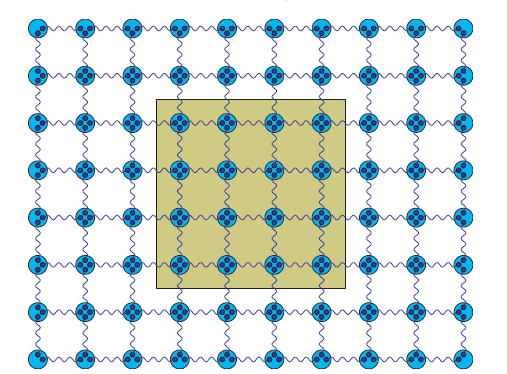
Simulating 2D Frustrated Magnets
Simulating strongly correlated quantum many-body systems lies at the heart of modern quantum physics. As an important example of many-body problems, the J1-J2 model on a square lattice is one of the most interesting and also challenging quantum spin models, which has close relations to high-Tc superconductivity. This model has been intensively studied in the past 30 years, but the nature of the intermediate nonmagnetic phase is still under great debates. In recent years, we developed a novel powerful method by combing Monte Carlo sampling based on tensor network states. We will used method to investigate this J1-J2 model on open boundary conditions with an unprecedentedly high precision. It is very promising to solve the problem thoroughly.
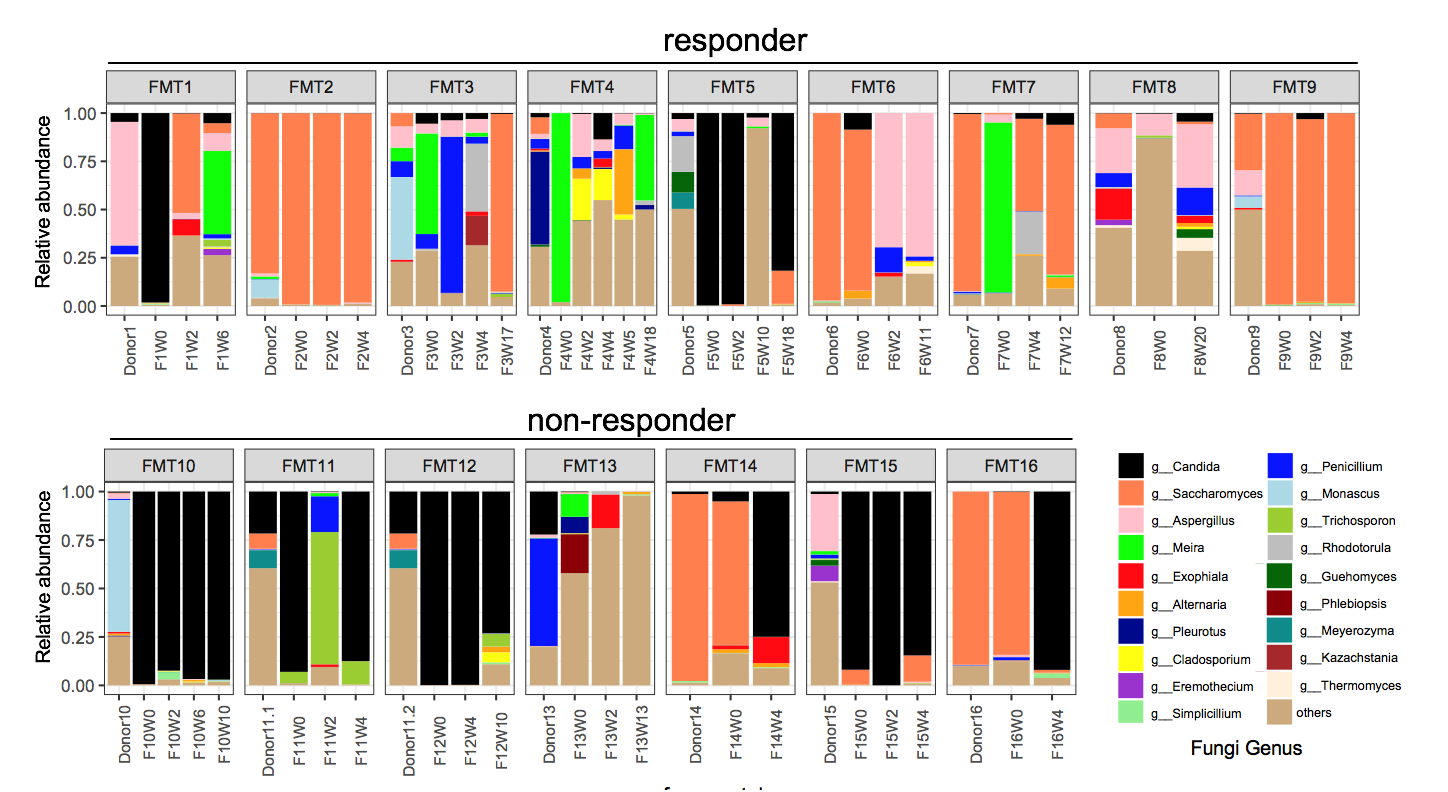
In the past decade, changes in the gut microbiota have been reported not only in gut infections, obesity, diabetes, and liver diseases but also in cancer and even neurodegenerative diseases. Fecal Microbiota Transplantation (FMT), which involves the transfer of gut microbes from a healthy donor to a recipient, has revolutionized the treatment of Clostridium difficile infection. FMT has gained much popularity worldwide and clinical trials are testing its efficacy in inflammatory bowel disease, irritable bowel syndrome, obesity, autoimmune diseases, autism and many more. However, until now, the mechanisms underlying the efficacy of FMT are largely unknown. We are now focusing on studying the roles of all components of the gut microbiota, including bacterial microbiota, mycobiota and virobiota, in FMT and human health.
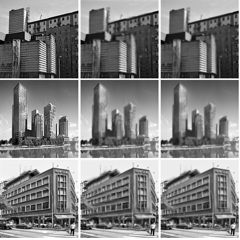
Data-Driven and Mathematical Image Processing
Our research project combines the techniques in machines learning and mathematical models to take both of their edges to advance image processing. One example is deturbulence: that is to recover a turbulance-corrupted image to a sharper image. Other applictaions to be explored include shape prior image segmentation and registration.
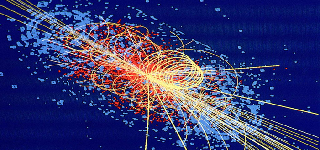
As member of the ATLAS experiment at CERN, our group studies subatomic particles and their interactions, and we search for new particles and new phenomena in proton-proton collision data from the Large Hadron Collider. The research involves various simulation methods, a large amount of computing power and the use of machine learning algorithms.
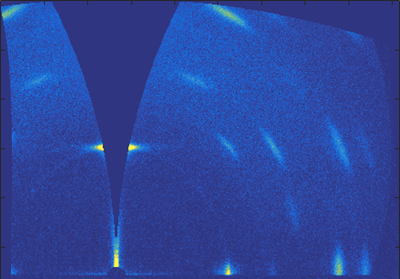
Estimating Lattice Constants
The lattice constants refers to physical dimension in a crystal structure. Based on the GIWAXS technique, this research gives a possible way to find the crystal structure . This research is highly demanding on the computing power due to the complexity. Our research can give a better understanding of crystal.

The race between contact tracing and transmission: a framework for resource allocation during an emerging pathogen epidemic
The epidemics of Severe Acute Respiratory Syndrome (SARS) in Hong Kong and Middle East Respiratory Syndrome (MERS) in the Middle East and South Korea generate the need to evaluate the effectiveness of control measures. Hong Kong is a densely populated international city with strong communication links between residents which facilitate the rapid spread of infectious diseases. In the early phase of outbreaks, contact tracing followed by quarantine or isolation is an important infection control measure. The aim of this study is to develop a tool to assess the likely effectiveness of a contact tracing process during an epidemic of a novel pathogen. An individual-based mathematical model will be developed alongside a resource-constrained contact tracing process.
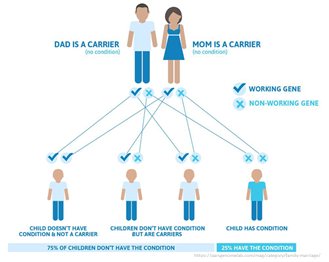
Comprehensive study of carrier frequencies in the East Asian population
A carrier is an individual with a disease-causing pathogenic variant in a Mendelian disorder associated gene that is inherited in an autosomal recessive or X-linked recessive pattern. It is well known that carrier frequencies vary significantly among different ethnic populations for certain diseases. Our project aims to identify recessive Mendelian disorders with the highest carrier frequencies in the East Asian population.

Eradication of CarbapenemResistant Enterobacteriaceae via Fecal Microbiota Transplantation was associated with bacteriophage expansion
Understanding the role of fecal microbiota transplantation (FMT) in decolonization of multi-drug resistant organisms (MDRO) is critical. Using shotgun metagenomic sequencing, we characterized longitudinal dynamics of the gut bacteriome and virome in three recipients who successfully decolonized Klebsiella spp. and Escherichia coli carbapenem-resistant Enterobacteriaceae (CRE) after FMT. We will characterize longitudinal dynamics of the gut bacteriome and virome in three recipients who successfully decolonized Klebsiella spp. and Escherichia coli carbapenem-resistant Enterobacteriaceae (CRE) after fecal microbiota transplantation with shotgun metagenomic sequencing.